When it comes to return on investment (ROI), billboard advertising is an excellent way to develop brand awareness, increase engagement, and drive traffic to online brick and mortar locations.
Deciding whether to include billboards in your marketing campaign is all about return on your investment. You want to make sure that the money you spend on a billboard is met with an increase in sales, more brand awareness, or any other goal you might have.
Luckily, we’ve developed straight-forward and personalized ways to calculate ROI to really find out if billboards are worth it.
(Spoiler Alert: They are.)
How We Calculate ROI
One of the first questions we get is: how much do billboards cost? Instead of just laying out prices, it has always been much more effective for us to find out what results a client is seeking. It’s different for each client. Some brands have metrics they are trying to hit, while others have actionable goals.
Here’s how we calculate ROI for different types of clients.
Small Business
One of our clients is a dental office in Bucktown. After having just opened, their goal was to get new patients, fast. This is a key differentiator—brand awareness isn’t enough here. We wanted to get them the results they wanted: new patients.
Once we know that you’re looking for new patients, we can develop a campaign to reach that result. In this case, the dental office told us that they would need four new patients per month for the billboard campaign to make sense financially.
Based on our experiences and case studies with other dental offices across Chicago, we were able to suggest two billboard locations near the dental office to capture patients from both east and west of the office.
The campaign was a success. The dental office received between eight to ten calls each month, doubling their expectation. By knowing their desired result from the beginning, we were much better able to provide them with the return on their investment they were seeking.
Real Estate
Real estate agents are neighborhood experts, so we always get along great. Our signs are extensions of what real estate agents are already doing with their own marketing, which is often about building brand awareness. When someone wants to sell a condo in Wicker Park, they would rather have someone on their side who knows the neighborhood really well.
What does a return on investment look like for a realtor? Again, it depends on the results they are seeking. For some realtors, a single listing may pay for a billboard campaign many times over. Additionally, they see that the brand recognition that their billboard campaign creates is an important piece of their broader marketing mix.
(Bad) Arguments Against Billboards
Billboard advertising is expensive
Billboards are a small investment, to be sure. It’s challenging to run a $100 campaign and get measurable data like you can with social media, for example. Billboard skeptics also love to point out that there are physical costs to billboards, like the cost to produce and install the actual advertisement. This is all true.
However (and it’s a big “however”), billboard results are surprisingly high. Billboard CPM, or cost per thousand impressions, is almost as low as online ads. Billboards start as low as $2 for each thousand impressions, much lower than radio ($4), cable TV ($6), and even mobile videos ($5). Magazine ads start at $10 per thousand impressions, podcasts at $15, and newspapers at $31.
Billboards also have a high rate of return. For outdoor advertising, you can expect to make $2.80 for every $1 spent, with some studies showing that billboards bring almost $6 for each dollar you invest, almost a 500% rate of return. This accounts for the quality of those impressions. While the impressions you are getting on social media might be bots, you can’t fake the impressions of a real-life ad.
So, billboards are not actually expensive when you consider the results they bring. They are well worth the price. Furthermore, many billboard companies (like View Chicago) make changes to your billboard campaign at no cost. The goal for us isn’t to make money each time you make a change—our goal is to get you results.
For big, national brands, the cost of running a billboard campaign is nothing compared to the cost of developing a TV commercial, for example. With a billboard on a busy highway like the John F. Kennedy Expressway, you can get millions of impressions each week.
For small businesses, it’s all about being strategic. Billboard advertising is inherently geographic. If you’re a heating and cooling business, you operate within a specific radius. With billboards, you can target those neighborhoods hyper-locally and reach your audience. It’s an easy way to consistently put your brand in your audience’s mind. We work with many small businesses who find a lot of success in billboard advertising.
For more information on billboard cost in Chicago, check out our blog post here.
With billboard advertising it is tough to track effectiveness
The argument goes as follows: Unless someone comes into your store or fills out a survey and says, “I saw your billboard and that’s why I’m here,” you’ll never know the effectiveness of a billboard.
This is ridiculous. There are many ways to track effectiveness and assess billboard ROI. Sure, you could go the old-fashioned route and ask consumers how they found you. Post-purchase surveys are one way to go.
But there are also many other avenues to take when trying to assess billboard ROI. You can set up special phone numbers that track all calls being made. You can use QR codes that people can scan with their phones to reach specific landing pages. You can create vanity URLs that are specific to your billboard campaign or unique promo codes for customers to use.
Measuring billboard ROI is more complicated than just tracking calls, clicks, or engagement. Because billboards are mostly used for brand awareness, the more important metric is impressions. When people see a billboard, they begin internalizing your brand. Once they are ready to make a purchasing decision, they’ll think of your brand before they think of others. They’ll give you a call or check your website, and if the price and the product makes sense, they’ll pick you. Most people don’t want to do mountains of research to buy a product. They want to buy from a brand they trust, and billboards provide that trust.
So if you’re looking for billboards to produce specific tracking metrics, even though billboards can provide these metrics, that’s not their intended purpose. It is a top of the funnel strategy—by targeting and retargeting your audience with your brand, billboards keep your brand top of mind until a purchasing decision is made.
Also, most seasoned advertisers don’t develop billboard campaigns in a vacuum. Billboards work much better in conjunction with other media. For example, a campaign that increases brand awareness through billboards and then produces actionable engagement through social media or online ads can provide you with the specific metrics you’re looking for.
You cannot target specific demographics with a billboard
Billboard skeptics don’t like that when you put up a billboard, you’re not able to control who sees it like you are with digital ads. It seems weird to complain about more people seeing your ad…
Billboard targeting is more robust than people may think, especially in Chicago. Each Chicago neighborhood has demographics associated with it, regarding job title, language spoken, education level, relationship status, political views, and more. With our geographic profiles, we can target specific audiences throughout the city. And your billboard will catch more eyes than just your audience’s. That’s the point of billboards: to reach a large swatch of a specific population in affordable ways. This is not a bug, it’s a feature.
Billboards are now even using new technology to sync with mobile devices. With everyone carrying smartphones, some billboard tech allows companies to retarget users who walked past a HotSpot. Later, you might see an online ad while you’re browsing Instagram that mirrors the billboard campaign.
Finally, billboards are both more effective with digital advertising and they make digital advertising more effective, as well. Find a billboard company that can help you coordinate the effectiveness of OOH and digital strategies.
Lack of engagement with medium of advertising
One criticism of billboard advertising is the lack of follow through that’s available for the consumer. Online ads have buttons that can be clicked and which take consumers to purchasing points. Billboards don’t have that kind of engagement. For billboard skeptics, this presents a missed opportunity.
But what they’re not taking into account is that marketing campaigns have multiple touch points with audiences. First and foremost, you have to educate your audiences about your brands and products. Before they’re ready to invest in your brand by making a purchase, they need to feel like they trust your brand.
While online ads do have the engagement button that allows your audiences to take actions, online ads are seen as untrustworthy, especially by Millennials and Gen Z. If an audience doesn’t trust the platform, they’ll find it harder to trust the brand that’s advertising through it. On the other hand, billboards and other traditional media have more trust built into the medium. Any brand, regardless of their quality or worth, can put online ads on social media, so it’s more difficult to tell which brands are actually good.
So, in essence, this argument against billboards is misguided because engagement isn’t exactly the goal of billboards. Billboards aren’t meant to be calls to action in regard to making a purchase. They’re designed to build brand awareness and lead to more top of the funnel outcomes. For instance, a directional billboard might let you know a store is a block away. This leads consumers to visit the store, where they are then met with other strategies to convince them to make purchases.
Billboards have competitive capabilities to demonstrate ROI, and the arguments against billboards are often untrue or misleading. If you want to increase brand awareness and reach your marketing results in Chicago, consider adding billboards to your repertoire. If you’re on the fence, we can help with a free consultation to help you better understand what a billboard campaign could look like—no strings attached.





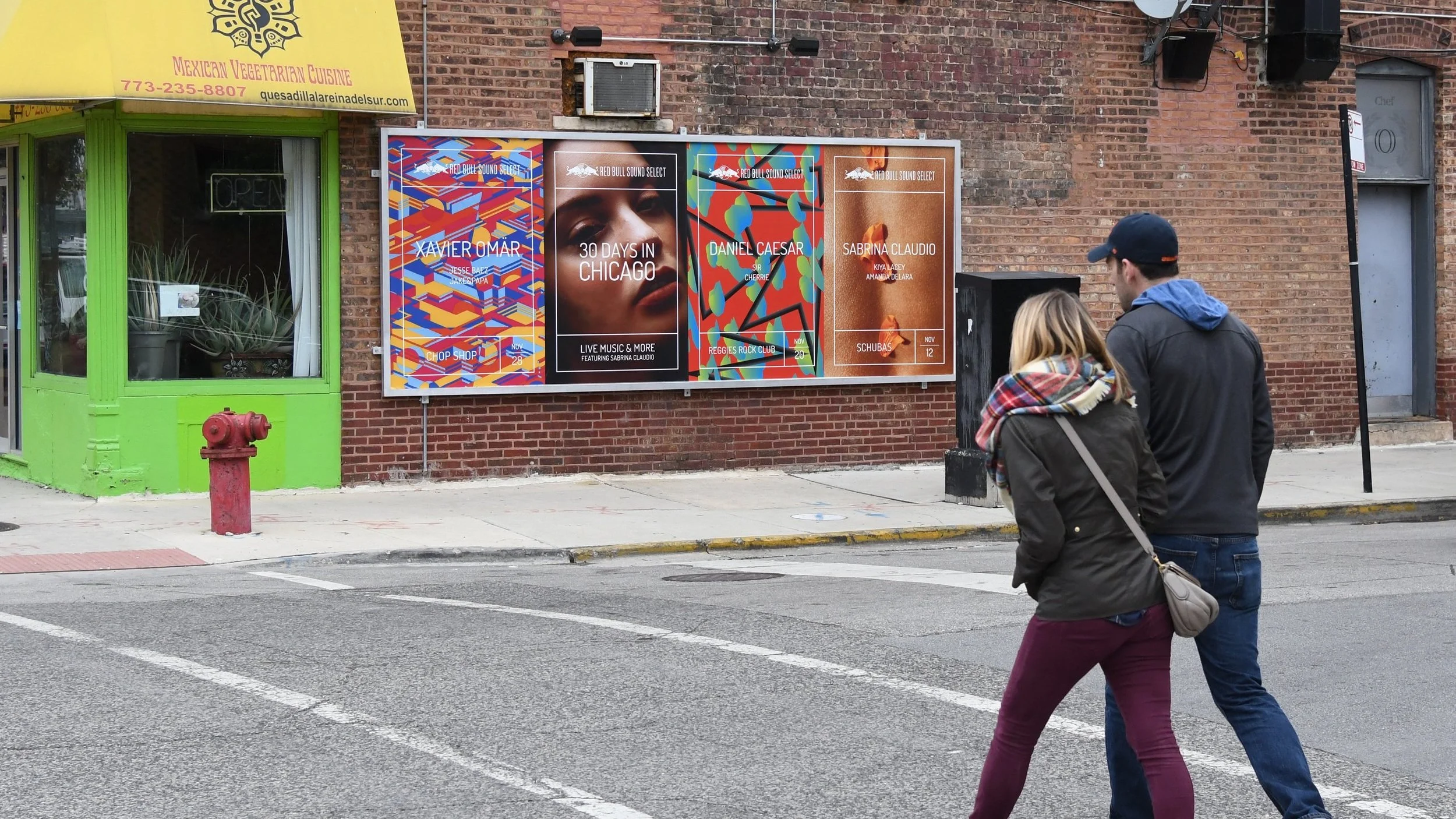



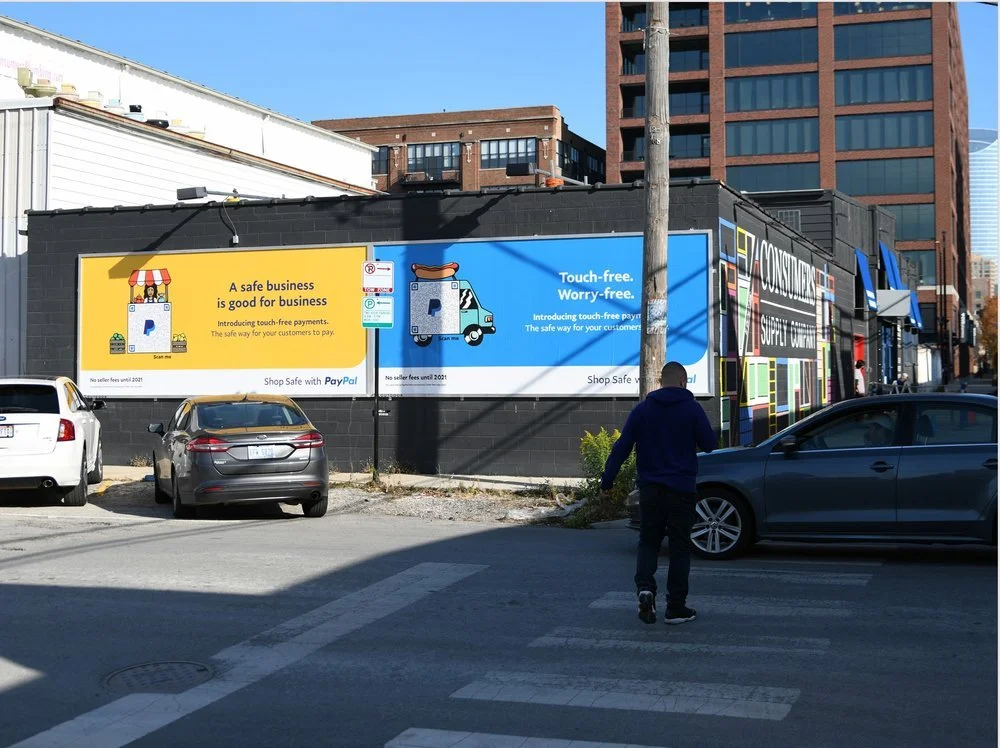
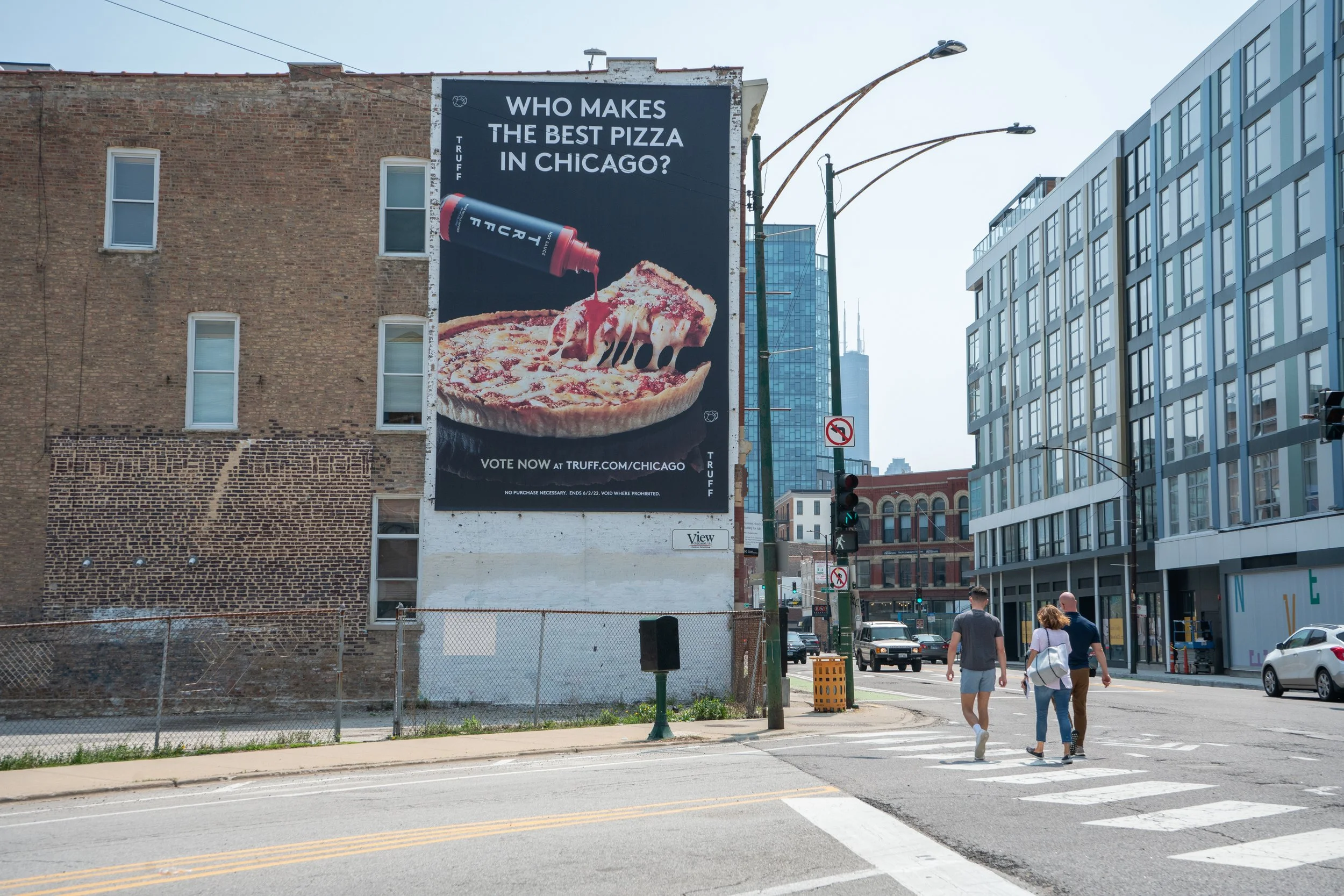
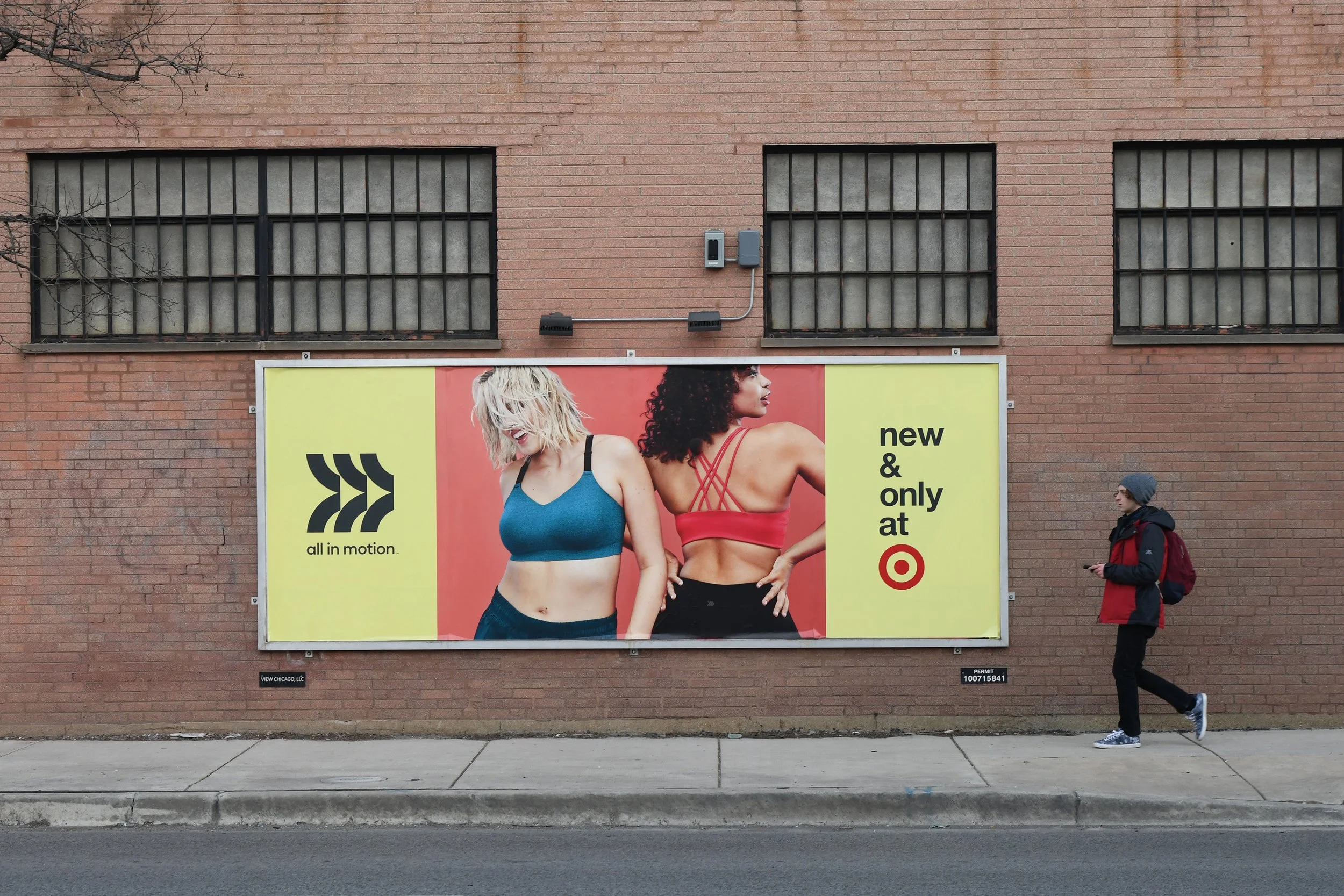

Renting a billboard is an easy process, but it’s important for billboard companies to be transparent with their pricing and how they offer the best deals for their customers. Here’s how we calculate the price of renting a billboard and some price ranges for each billboard type.